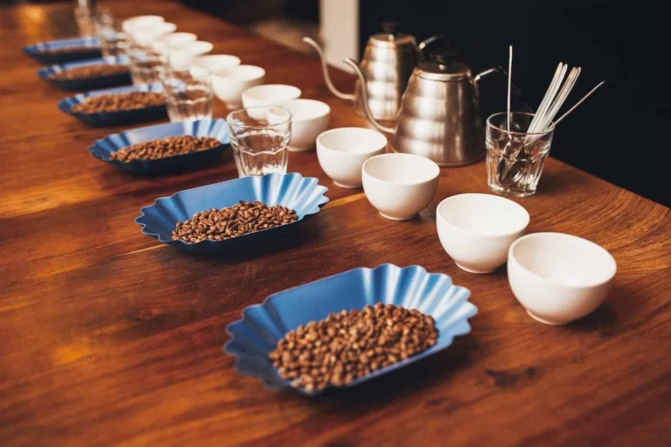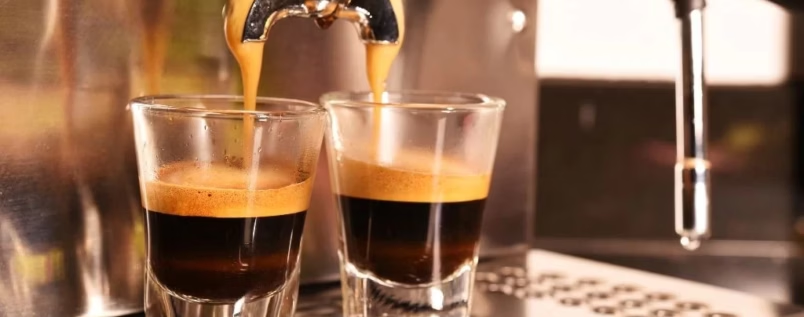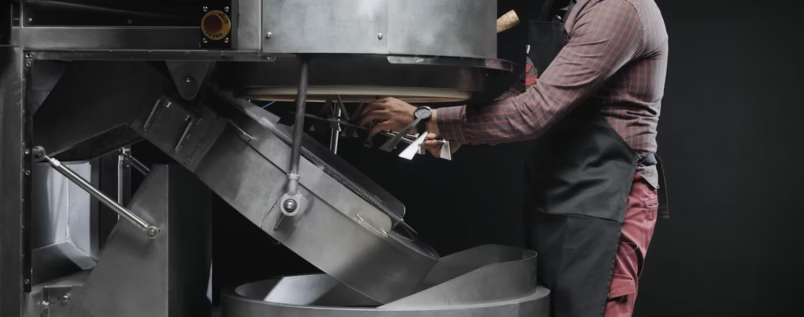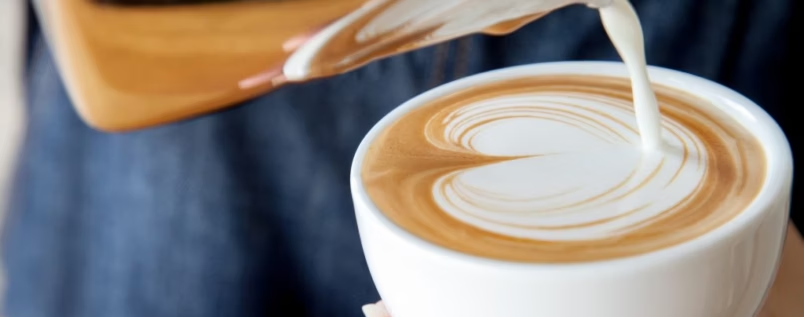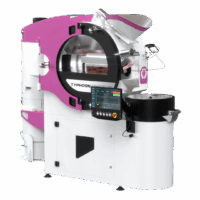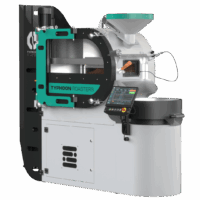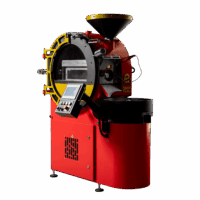For quality control and learning about products, experts guide cuppings. They taste for identifying flavors, notes, or even origin countries. Consistency is crucial in giving each cup an equal chance. This comes from good preparation. A cupping session gives a clear opinion on each coffee.
To do a cupping, focus on aspects like:
- Smell
- Taste
- Aftertaste
- Acidity
- Body
- Balance
- Sweetness
- Uniformity
- Defection
Tasters combine these, scoring each coffee.
How to Do Your Coffee Cupping
For most, following a basic coffee cupping guide works. To start your cupping, generally follow three basic steps:
- Smell dry aromatics
- Pour hot water over coffee
- Taste coffee
After 3-5 minutes, mix, break and remove grounds from the foam head. Using two spoons, remove remaining grounds. Remember to rinse spoons between. Finally, let your cups cool completely before moving on. Not only does burning your tongue bust your palate, cool coffee has larger ranges of flavors.
To oxidize coffee and experience fully, slurp from the spoon. Cover your entire tongue. Write down details, sip water, and move on to the next.
As you taste, guide focus on main flavors before identifying smaller parts. At first, you may only notice chocolate or nuts with fruity or caramel notes. With practice, you might know exactly what chocolate, nut, fruit, or other identifiers there are. Some have sensitive tongues and others can work to sharpen theirs.
Throughout the entire cupping, take notes on everything. From how the crust breaks to timestamps for each action, be as detailed as possible. Whether honing palates or providing consistent quality control, once you learn how to do a coffee cupping, find and follow your own coffee cupping guide!

